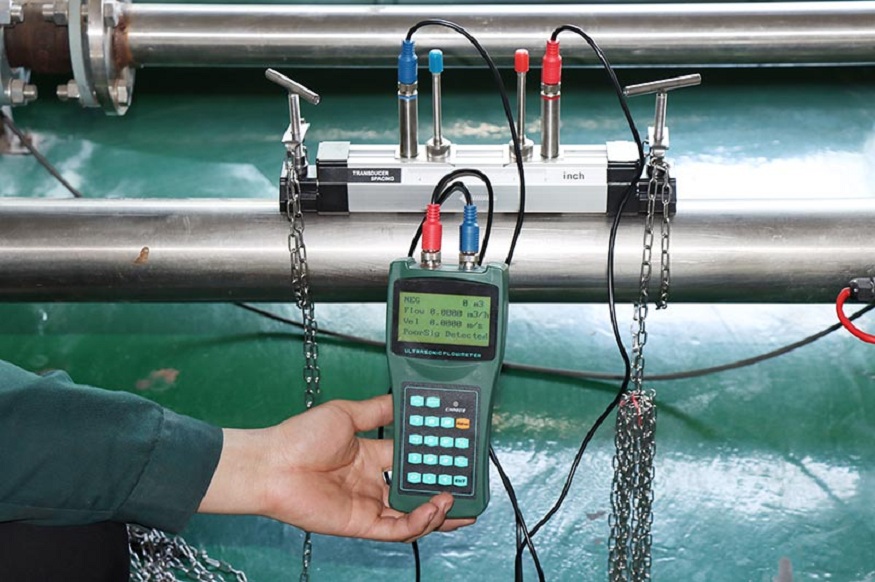Reducing Maintenance Costs and Minimizing Downtime in Industrial Operations

For industrial facilities, equipment maintenance can be both time-consuming and expensive. To remain competitive and maximize return on investment (ROI), it’s crucial to explore ways to cut down on upkeep and unplanned machine outages. Below is an overview of modern technologies and management approaches that can help reduce maintenance burdens and increase operational efficiency.
What Drives Maintenance Expenses?
By 2026, global spending on maintenance, repair, and operations (MRO) is projected to hit $701.3 billion. Much of this cost is driven by factors commonly found in industrial settings. Chief among them is aging equipment, which remains the leading cause of unplanned downtime. Other contributing factors include mechanical failure, human error, inadequate time for scheduled maintenance, and even poor system design.
Low-Maintenance Components
One effective way to cut back on maintenance needs is to use components specifically engineered for longevity and minimal upkeep. For example, ultrasonic clamp-on flow meters—widely used in industries such as water management—contain no moving parts and are virtually maintenance-free. These types of technologies reduce the likelihood of wear and tear, lowering long-term service costs.
Preventive Maintenance Still Pays Off
A more traditional yet effective strategy is to implement a preventive maintenance (PM) program. In fact, 76% of global manufacturers had such programs in place as of 2020. This approach relies on scheduled inspections and servicing to detect issues early and avoid costly interruptions. While PM programs can increase ownership costs slightly, they often extend asset life and enhance resale value.
Predictive Maintenance: The Future of Efficiency
A growing number of companies are turning to predictive maintenance (PdM), which takes things a step further. Using real-time data collected through AI-powered sensors and analytics software, PdM enables teams to forecast equipment failures and schedule maintenance only when needed. Although initial setup costs can be high, the savings are substantial—according to the U.S. Department of Energy, PdM can cut costs by 8–12% compared to preventive maintenance alone.
By 2024, the global predictive maintenance market is expected to grow to $23.5 billion, signaling widespread adoption of this forward-thinking approach.
Optimizing for ROI Through Smarter Maintenance
Effectively managing maintenance in industrial environments is a complex challenge. However, investing in intelligent systems, upgrading to low-maintenance equipment, and embracing predictive strategies can yield significant improvements in machine uptime and performance.
When businesses commit to smarter maintenance planning, the result is not only a more efficient operation—but also a more profitable one.
For further information on industrial maintenance demands and ways to address them, please see the accompanying resource from Emerson, providers of clamp on ultrasonic flow meters.





